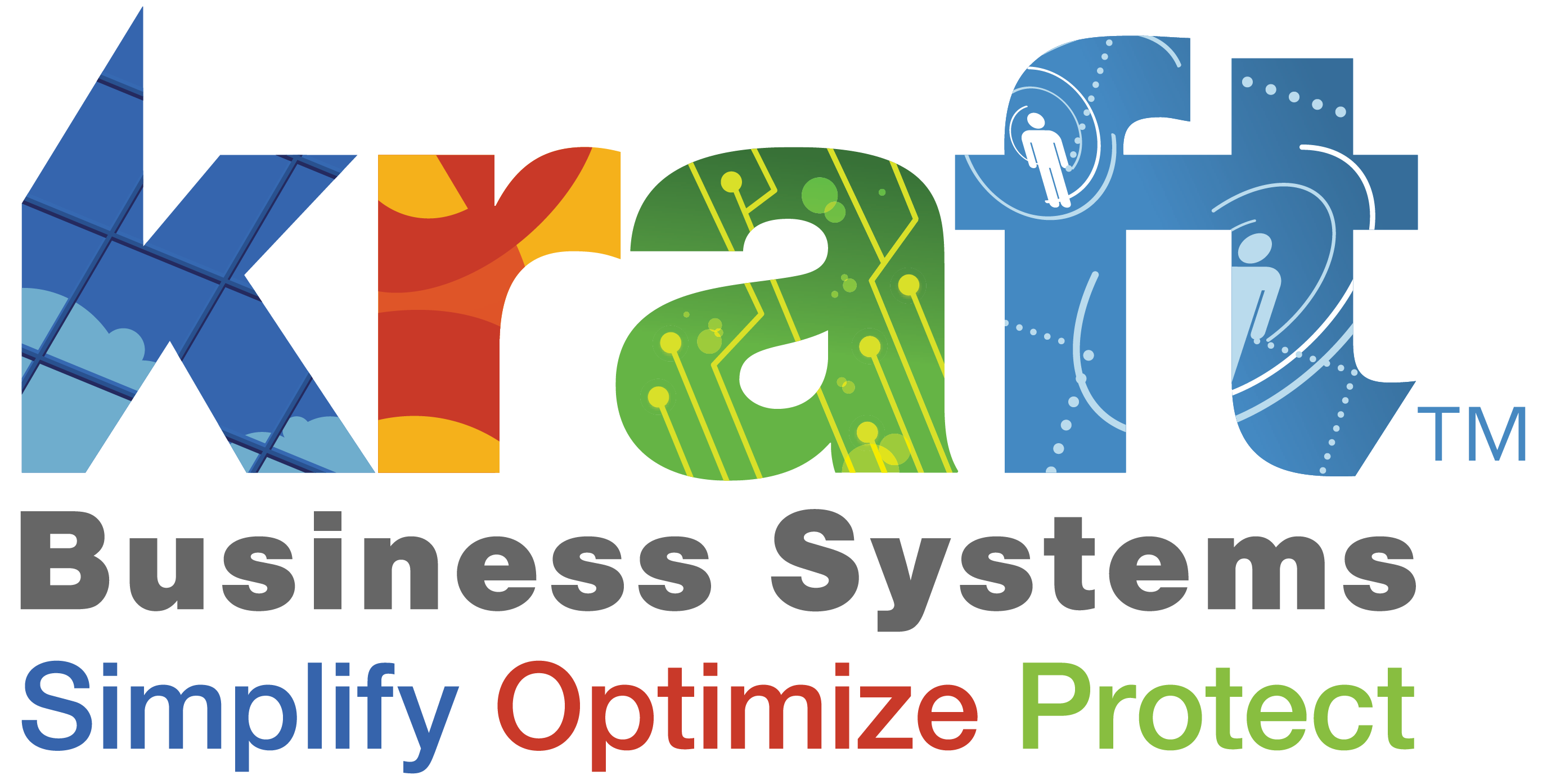What is Business Process Automation (BPA)?
Business process automation (BPA) is the strategic use of technology to streamline and automate repetitive, rule-based tasks within your business automation processes.
In other words, BPA takes the manual, time-consuming steps out of your everyday operations. Think of tasks like generating reports, sending invoices, or scheduling appointments. By automating these processes, you free up your team to focus on more strategic initiatives that drive growth.
For a more comprehensive understanding of Robotic Process Automation (RPA), a specific type of BPA that utilizes automation software robots to mimic human actions.
Whatever your size or industry, your business will definitely benefit from automating specific processes, especially the most redundant and complex ones. Here are some of the ways automation can help.

Examples of Automated Business Processes
BPA’s applications are vast and can be tailored to fit the unique needs of your business. Here are a few common examples:
- Customer service: Automatically routing customer inquiries to the appropriate support agent, generating personalized responses to frequently asked questions, or even triggering automated refunds for returns.
- Human Resources: Streamlining onboarding procedures, automating payroll processing, or managing employee benefits enrollment.
- Finance: Automating accounts payable and receivable tasks, reconciling bank statements, or generating financial reports.
These are just a sprinkling of possibilities. With BPA, the potential to improve business efficiency across your organization is significant.
Why is Business Process Automation Important?
The business landscape is constantly evolving, and the need to adapt and improve is paramount. Here’s why BPA is a crucial tool for businesses of all sizes:
- The Changing Business Landscape: Customer expectations are soaring, competition is fierce, and technological advancements are happening at breakneck speed. Businesses need to be agile and efficient to stay ahead of the curve.
- The Need for Increased Efficiency and Productivity: Manual processes are slow, error-prone, and hinder your team’s ability to reach their full potential. BPA eliminates these bottlenecks, allowing your team to work smarter, not harder.
- Addressing Human Error and Limitations: Even the most meticulous employees can make mistakes. Automation minimizes human error in data entry and repetitive tasks, ensuring consistency and accuracy.
Benefits of Business Process Automation
By implementing BPA, you’ll unlock a treasure trove of advantages for your business. We’ll delve deeper into six key benefits in the following sections, but here’s a taste of what’s to come:

- Boosted Efficiency and Productivity
- Enhanced Decision-Making with Data & Analytics
- Reduced Costs and Improved Scalability
- Improved Compliance and Reduced Human Error
- Increased Customer Satisfaction and Engagement
- Enhanced Employee Engagement and Morale
Get ready to witness the transformative power of business process automation!
6 Benefits of Business Process Automation
1. Boosts Efficiency and Productivity
Imagine your team working like a well-oiled machine, effortlessly churning out tasks with laser focus. That’s the magic of BPA when it comes to efficiency and productivity.
By automating repetitive tasks like data entry, generating reports, or sending emails, you free up your team’s valuable time and mental space. They can then dedicate their energy to higher-value activities like strategic planning, creative problem-solving, or fostering stronger client relationships.
Streamlining workflows with BPA also eliminates bottlenecks that can slow down your entire operation. Think of it as removing roadblocks on a highway – traffic flows smoother, and everyone reaches their destination faster.
Data on Efficiency Gains through Automation
A study by McKinsey Global Institute found that up to 80% of current activities across industries could be at least partially automated. This translates to significant efficiency gains. For instance, a study by UiPath, a leading RPA provider, revealed that businesses using automation solutions achieved a staggering 30% reduction in processing time.
These numbers speak volumes about the power of BPA to transform your team’s efficiency and unlock their true potential.
2. Enhances Decision-Making with Data & Analytics (200 Words)
Informed decision-making is the cornerstone of success. BPA plays a pivotal role in this by improving your ability to collect, analyze, and leverage valuable business data.
Improved data collection and analysis: Manual data collection is prone to errors and inconsistencies. Automation ensures accurate and consistent data capture, providing a reliable foundation for insightful analysis.
Real-time insights into business performance: BPA solutions often integrate seamlessly with your existing data systems, enabling real-time visibility into key performance indicators (KPIs). With this up-to-the-minute information at your fingertips, you can make data-driven decisions that optimize your operations and propel your business forward.
For instance, imagine an e-commerce store that automates data collection on customer behavior and purchase patterns. This real-time data allows them to identify trends, optimize product placement, and personalize marketing campaigns for maximum impact.
Examples of How Automation Improves Data Analysis
Here are some concrete examples of how BPA empowers better data analysis:
- Automated sales reports: Generate sales reports automatically, freeing up sales reps to focus on closing deals, not compiling data.
- Real-time inventory tracking: Track inventory levels in real-time to avoid stockouts and optimize ordering procedures.
- Customer feedback analysis: Automate the collection and analysis of customer feedback, allowing you to identify areas for improvement and enhance customer satisfaction.
By harnessing the power of data through automation, you gain a deeper understanding of your business and make smarter choices that drive growth.
3. Reduces Costs and Improves Scalability
Let’s face it, manual processes are expensive. They require human resources, time, and resources that could be better allocated elsewhere. BPA cuts through these costs by streamlining operations and minimizing the need for manual labor.
Elimination of manual labor costs: Automating repetitive tasks reduces your reliance on manual labor, leading to significant cost savings. Think of it as freeing up resources that can be reinvested in other areas of your business.
Increased resource optimization: By streamlining processes, automation allows you to get the most out of your existing resources. This translates to increased productivity and a better return on investment (ROI).
Scaling operations efficiently to meet demand: BPA empowers your business to scale effortlessly. As your business grows, you can easily adjust your automated workflows to accommodate the increased workload without sacrificing efficiency.
For instance, an online learning automation platform can leverage automation to handle student enrollments, course access, and progress tracking. This allows them to accommodate a surge in student enrollment without needing to significantly increase their staff size.
4. Improves Compliance and Reduces Human Error
Ensuring Accuracy and Consistency
Manual processes are inherently prone to inconsistencies and errors. Business process automation (BPA) steps in as a knight in shining armor, enforcing consistent and accurate execution of your processes.
Imagine a complex regulatory landscape – think financial reporting or healthcare claims processing. With BPA, you establish clear, automated rules that ensure every step adheres to the necessary regulations and compliance standards. This minimizes the risk of human error and keeps your business on the right side of the law.
Minimizing Human Error
Let’s face it, everyone makes mistakes. But in critical business processes, even minor errors can have significant consequences. BPA tackles this challenge head-on by minimizing human error in data entry and tasks. Automated systems perform tasks with robotic precision, eliminating the possibility of typos, missed steps, or data inconsistencies.
5. Increases Customer Satisfaction and Engagement
Speed Up Service, Delight Your Customers
Customer expectations are at an all-time high. They crave quick responses, efficient service, and a personalized touch. BPA plays a key role in delivering these very things.
Faster turnaround times and improved service delivery are hallmarks of a business process automation (BPA) strategy. Imagine a customer needing a quick answer to a question – a chatbot powered by BPA can provide instant support, eliminating wait times and frustration.
Reduced errors in customer interactions also contribute to a positive customer experience. With automation handling tasks like order processing or invoice generation, the risk of human error diminishes, leading to fewer customer service headaches.
Personalized Customer Experiences Through Automation
Believe it or not, BPA can even contribute to more personalized customer experiences. By automating data collection and analysis, businesses can gain valuable insights into customer preferences and behavior. This allows them to tailor marketing campaigns, product recommendations, and overall service offerings to individual customer needs, fostering stronger relationships and loyalty.
Customer Satisfaction Surveys Related to Automation Benefits
Studies consistently show a positive correlation between BPA and customer satisfaction. A survey by Forbes revealed that 73% of customers believe businesses that leverage automation provide a better overall experience.
By streamlining service, minimizing errors, and enabling personalization, BPA empowers businesses to create a happy and loyal customer base.
6. Enhances Employee Engagement and Morale

Freeing Up Your Team to Do What They Do Best
Let’s be honest, repetitive, manual tasks can be tedious and demotivating for employees. Business process automation (BPA) steps in as a superhero, freeing up employees from mundane tasks. Imagine your team no longer bogged down by data entry or invoice processing. Instead, they can focus on higher-value activities that require creativity, problem-solving, and strategic thinking.
Allowing Focus on Creative Problem-Solving and Innovation
By automating the mundane, BPA empowers your team to tap into their full potential. They can dedicate their energy to more creative problem-solving and innovation. Imagine your sales team freed from the burden of manual reporting – they can use that time to develop innovative sales strategies or forge stronger client relationships.
Increased Employee Satisfaction and Morale
When employees are bogged down by repetitive tasks, morale and engagement suffer. BPA tackles this by creating a work environment where employees feel valued and challenged. Increased employee satisfaction and morale are natural consequences. Studies by research institutions like Gartner show a clear link between automation and improved employee engagement.
Getting Started with Business Process Automation
Identifying Processes for Automation: A Treasure Hunt for Efficiency
The first step towards BPA success is pinpointing the ideal processes for automation. Here are some key considerations:
- Repetitive and Rule-Based Tasks: Look for tasks that are highly repetitive, rule-based, and require minimal human judgment. Data entry, generating reports, or scheduling appointments are prime candidates.
- Error-Prone Processes: Processes prone to human error, like manual data entry or invoice processing, are excellent automation targets. BPA minimizes errors and ensures consistency.
- Time-Consuming Tasks: Identify tasks that consume a significant amount of employee time, hindering their ability to focus on more strategic initiatives. Automating these tasks frees up valuable time and resources.
Choosing the Right Automation Tools and Solutions
The BPA landscape offers a diverse range of tools and solutions. Here’s how to make an informed choice:
- Process Complexity: Consider the complexity of your chosen processes. Simple tasks might be well-suited for basic automation tools, while complex workflows might require a more robust business process automation (BPA) platform.
- Scalability Needs: Think about your future growth plans. Choose a solution that can scale alongside your business needs, seamlessly adapting to increasing process volumes.
- Integration Capabilities: Ensure the chosen tool integrates seamlessly with your existing business process management (BPM) software or other critical systems for optimal data flow and process visibility.
Implementation Considerations and Best Practices
Once you’ve identified your processes and chosen your tools, successful implementation is key. Here are some best practices:
- Start Small & Scale Up: Begin by automating a single, well-defined process. This allows you to refine your approach and gain experience before tackling more complex workflows.
- Change Management is Key: Employees might feel apprehensive about automation. Implement a comprehensive change management strategy to address concerns and ensure employee buy-in.
- Continuous Monitoring & Improvement: BPA is an ongoing journey. Regularly monitor your automated processes, identify areas for improvement, and refine your approach for optimal results.
By following these steps and leveraging the power of BPA tools, you can embark on a successful automation journey that streamlines your operations, empowers your workforce, and propels your business forward.
What People May Also Ask
What types of business processes can be automated?
A wide range of processes can be automated, from basic tasks like data entry and scheduling to more complex workflows like customer onboarding and financial reporting.
How much does business process automation cost?
Costs vary depending on the complexity of your processes and the chosen tools. However, the long-term cost savings from increased efficiency and productivity often outweigh the initial investment.
Will automation replace my job?
While automation might eliminate some routine tasks, it’s more likely to transform jobs. Employees will be freed from repetitive work and can focus on higher-value activities that require creativity and problem-solving skills.
Is business process automation secure?
Security is paramount. Choose reputable automation vendors with robust security measures in place. Additionally, implement best practices like data encryption and access controls.
What are some of the challenges of business process automation?
Challenges include identifying the right processes for automation, selecting suitable tools, and managing change within the organization. However, with careful planning and execution, these challenges can be overcome.
Wrap-Up and Key Takeaways
Business process automation (BPA) is a transformative force that empowers businesses to achieve remarkable results. By streamlining workflows, enhancing decision-making, and boosting employee engagement, BPA paves the way for increased efficiency, improved customer satisfaction, and ultimately, superior business growth.
Don’t wait to unlock the potential of automation! Embrace BPA today and watch your business soar to new heights.






